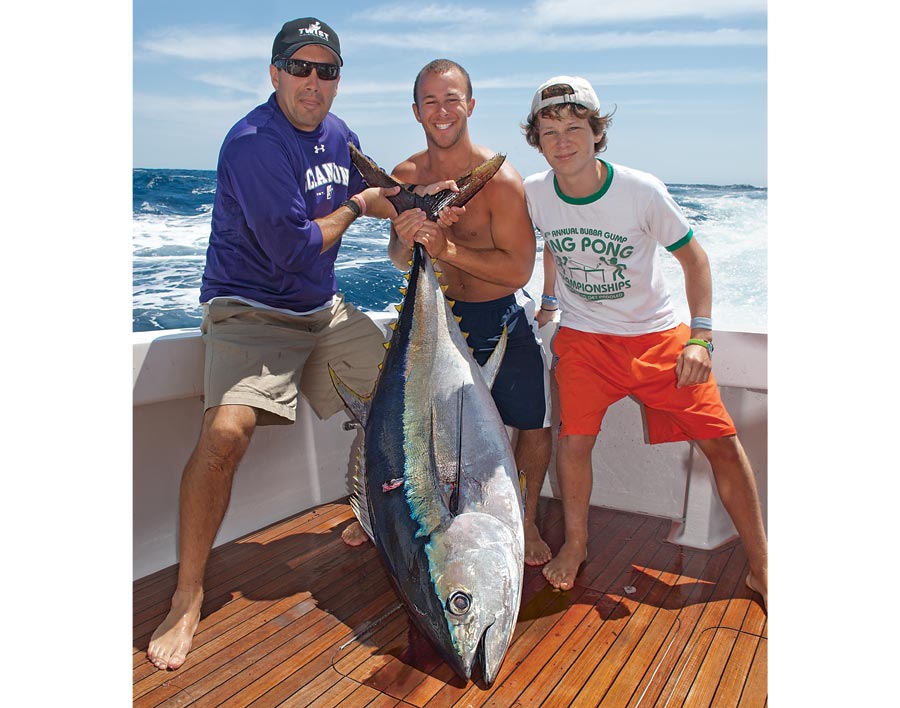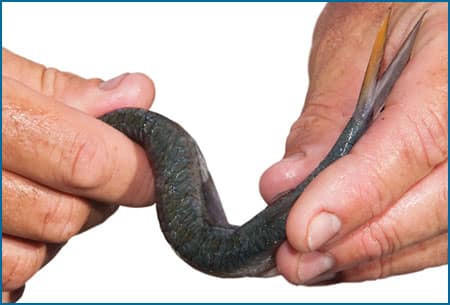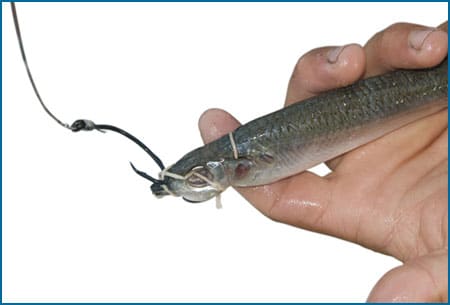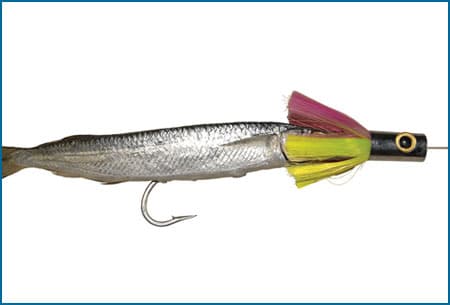
ballyhoo tips tuna
I’ve had the distinct good fortune to fish for pelagic game fish in a lot of wonderful places here in the United States and in Central and South America. From my home waters in the canyons off the mid-Atlantic to exotic ports of call like the Galapagos Islands, one thing never fails to amaze me — the near universal appeal of ballyhoo in a trolling spread. Even in places where they are not native, rigged ballyhoo still catch marlin and tunas, often better than anything else.
Through the years, I’ve learned dozens of tricks for rigging them, some simple and some overly complex. Two of my favorite and most versatile ballyhoo rigs are capable of covering a wide range of fishing situations.
Ballyhoo are great tuna baits — ask any Outer Banks charter captain — but they work anywhere. On a recent trip to the Hudson Canyon amid reports of longfin tuna in the area, we couldn’t get bit on the typical mix of plastics. When I switched the spread over to small, naked swimming ballyhoo, we filled the box in short order. On another tuna trip, this time near Wilmington Canyon, we had white marlin window-shopping our lure spread without interest until I started dropping back dink ballyhoo on a pitch-bait rod. We hooked up im-mediately. This past spring when bluefin tuna showed up off New Jersey, they were feeding high in the water column and butterfly jigs weren’t getting any action. Three large rigged ballyhoo trolled under blue-and-white Ilanders fixed that problem in short order.
Step-By-Step Instruction:
BALLYHOO BAIT PREP
(Gallery will open in new window)

THE DEADLY DINK
(Gallery will open in new window)

THE PERFECT PIN RIG
(Gallery will open in new window)










